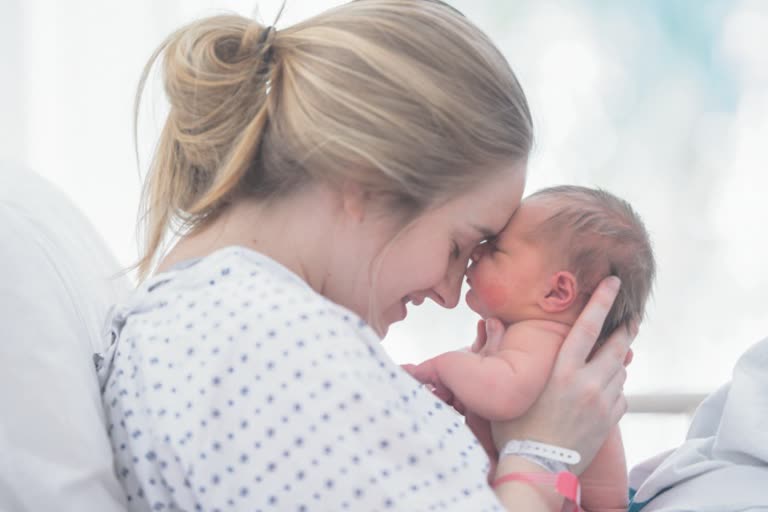It is a true fact that C-section births are sometimes crucial and can prove to be a life-saving intervention for both mother and child. If not abused C-section birth is a true medical boon for mothers who face complications in being able to birth vaginally.
C-sections are of two kinds; an elective section or an emergency section.
When one knows in advance that a Caesarean mode of birth would be the plan for birth, it is termed as an election Caesarean Section.
Medical reasons for an elective C-section birth include:
- Cephalo-pelvic Disproportion: In this scenario the birthing mother's pelvic outlet may be smaller than the baby's head, therefore making it difficult for the baby to safely pass through the pelvis into the birth canal.
- Placenta Previa: It is a condition where the placenta covers the opening of the cervix. In such a scenario, depending on how low or how close the placenta is to the cervical opening, a C-section may prove to be safer. In case of a placenta previa a vaginal birth proves to be risky as the placenta could be delivered before the baby's birth; which could prove to be life threatening for the baby.
- Position of Baby: The fetal presentation breech position i.e., buttocks towards the vaginal opening instead of being head down is often a reason for vaginal delivery being difficult. While doctors may often try to externally rotate the baby is viable, often manual attempts to switch position may fail too, making C-section the preferred mode of birth.
- Multiple Gestation: Twin and Triplet pregnancies are treated as high-risk pregnancies and often are reason for elective C-section.
- Repeat C-section: History of previous C-section is often the deciding factor for subsequent C-section birth depending on the incision type, length, healing of stitches, and time elapsed since previous surgery.
Also read:Low-Quality Diet During Pregnancy Linked To Childhood Obesity
